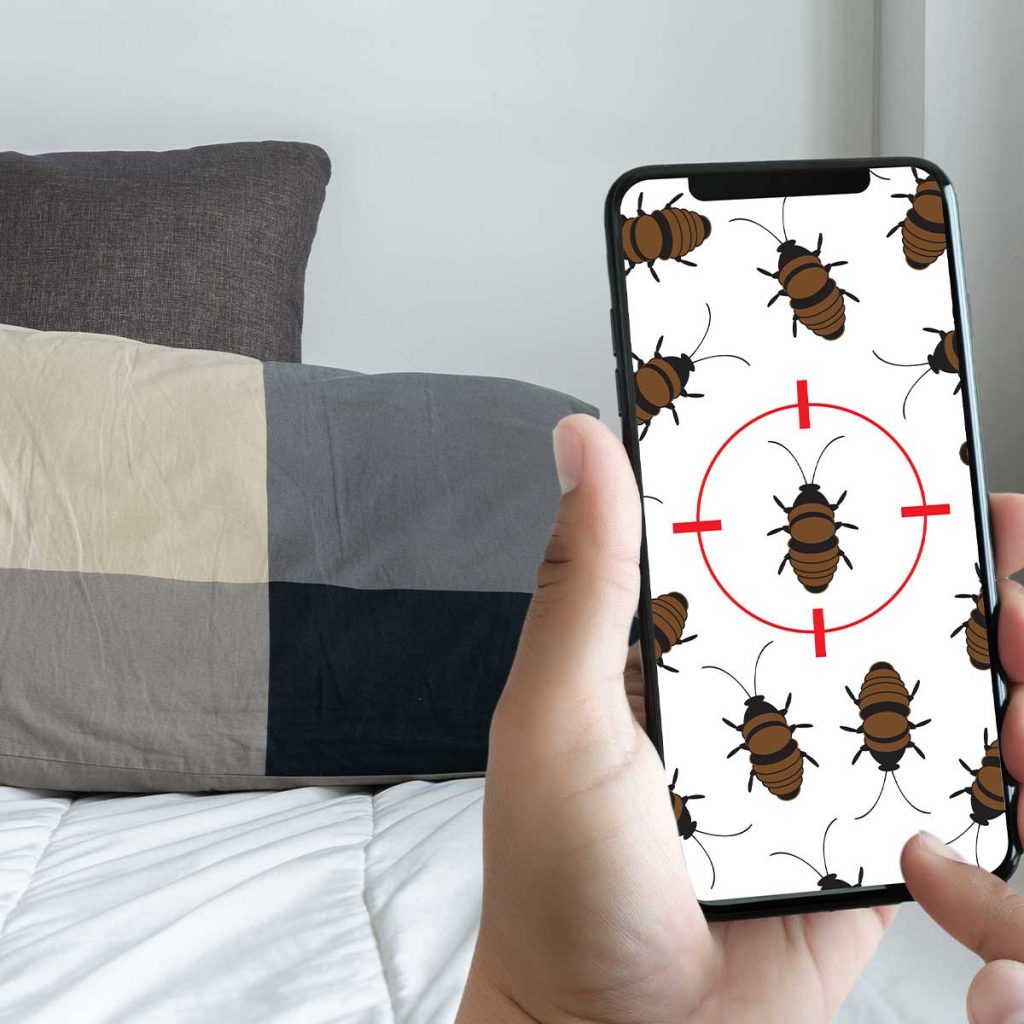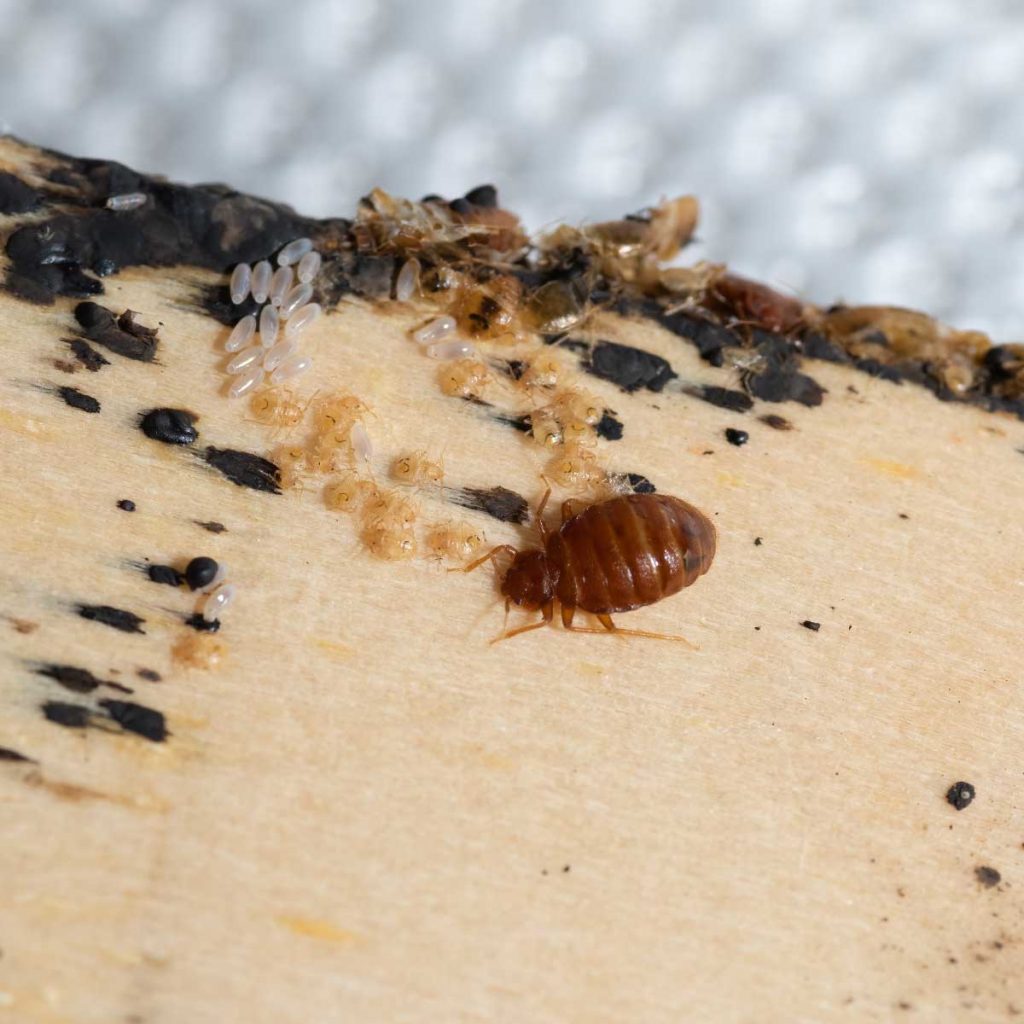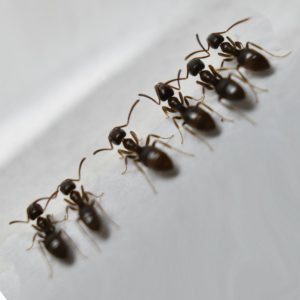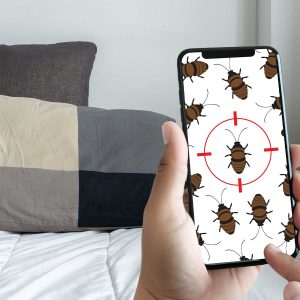Bed bugs are one of the worst pests to tangle with because they’re so difficult to get rid of. Some people also attach a certain social stigma to bed bug infestations, assuming they’re always associated with poverty or poor living conditions. But the fact is they are equal-opportunity invaders. Anyone can get them, and without treatment, even a small infestation can quickly turn into a problem of life-altering proportions. So where do you get bed bugs from?
Bed Bugs: a Legacy from Our Cave-Dwelling Ancestors
If we go way back to when humans first encountered bed bugs, we can blame the bats who lived in caves with early humans. Experts believe first contact was made in the Middle East, and then the insects spread with us across Asia, Europe, and Africa, eventually finding their way to America. As humans graduated from caves to huts, houses, and apartments, we brought the bed bugs with us, and the little beasts have been successful at maintaining a relationship with us ever since.
Once Upon a Time There Was a Powerful Bed Bug Pesticide
DDT was developed in the 1940s for use against insects that carried deadly diseases, and it was very successful. It also worked great against bed bugs, and overall populations were dramatically reduced for decades. Unfortunately, DDT was also very bad for humans and wildlife, and was therefore banned in 1972. The bed bug population in America remained very low until the 1980s, when it began to rise gradually. And now, yippee, they’re back in force.
Of course, you didn’t read this article to learn where bed bugs originally came from. The reason we share all this fascinating history is that by understanding how bed bugs have repopulated the country so successfully over the past 40 years, we get a clear picture of how they may have found their way into your home.

Bed Bugs in America: The Sequel
America is certainly not alone in experiencing a bed bug resurgence. These nasty hitchhikers love to get around, and as international air travel has become more common in recent years, humans and their possessions have provided free bug transportation to destinations all over the world. Bed bugs can hide in luggage, clothing, magazines, laptop computers and components … all the stuff we carry when we travel. The more we get around, the more the bed bugs get around. Once these little cosmopolitans deplane on U.S. soil, they can easily move from airports to hotels and private homes.

Other factors that have worked in bedbugs’ favor include an increasing resistance to pesticides and a rise in the popularity of vintage furniture, which can handily convey pest populations from one place to another.
Now that bed bugs are back in force, you can pick them up from almost any dark cranny in your everyday travels. Here are some of their favorite hiding/hitchhiking places:
- Inside laptops, computer cases, and backpacks
- In the folds and seams of mattresses and bedding
- In furniture joints
- Between pillows and cushions on chairs, benches, and sofas
- In seats at theaters, restaurants, buses, trains, and other public places
- In wall and floor joints/gaps
- Inside electrical outlets and other utility boxes
- On human skin and clothing
- In pet fur

In other words, bed bugs are really good at hiding, and you can pick them up almost anywhere.
Should You Panic Over Bed Bugs?
Although the last couple of paragraphs make it sound like bed bugs are on the verge of taking over the world, it’s definitely not something to panic about. Just be conscious when you travel. Check the folds and creases of hotel mattresses and bedding for signs of bed bugs (they leave small, dark specks of feces behind). Check luggage and clothing when you return from trips.
If you already have an bed bug infestation, the problem can still be solved with the help of a pest control professional. But act quickly; if you’ve seen one bed bug, it’s likely that a colony is already well established in your home. If you live in Wichita, Andover, Manhattan, or Junction City Kansas, Go Green can help. Give us a call to chat with a professional: (316) 733-0687 in Wichita or (785) 377-0687 in Manhattan and Junction City, Kansas. Although you may consider self-treating for bed bugs, this a problem that will probably require professional chemicals and methods.







